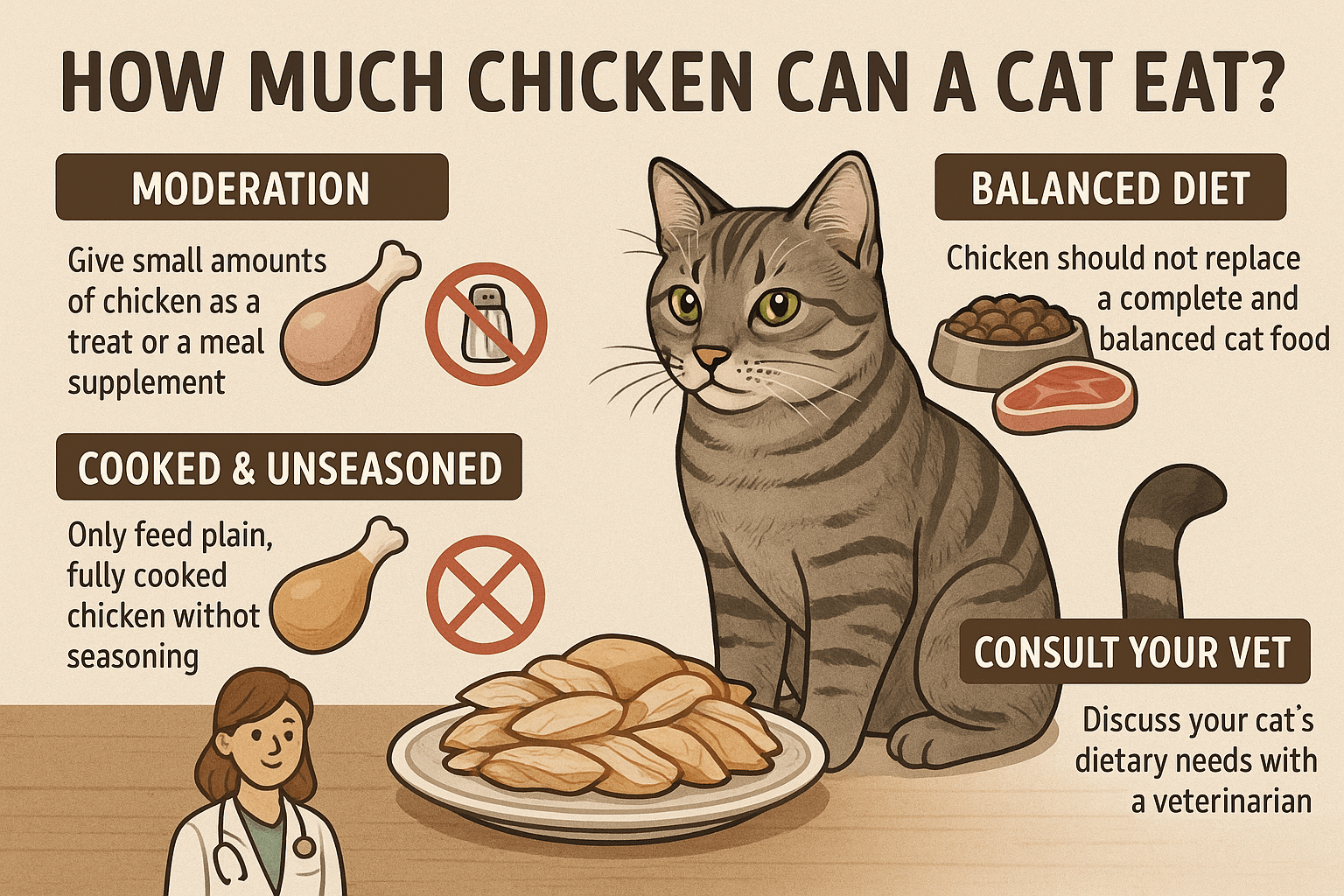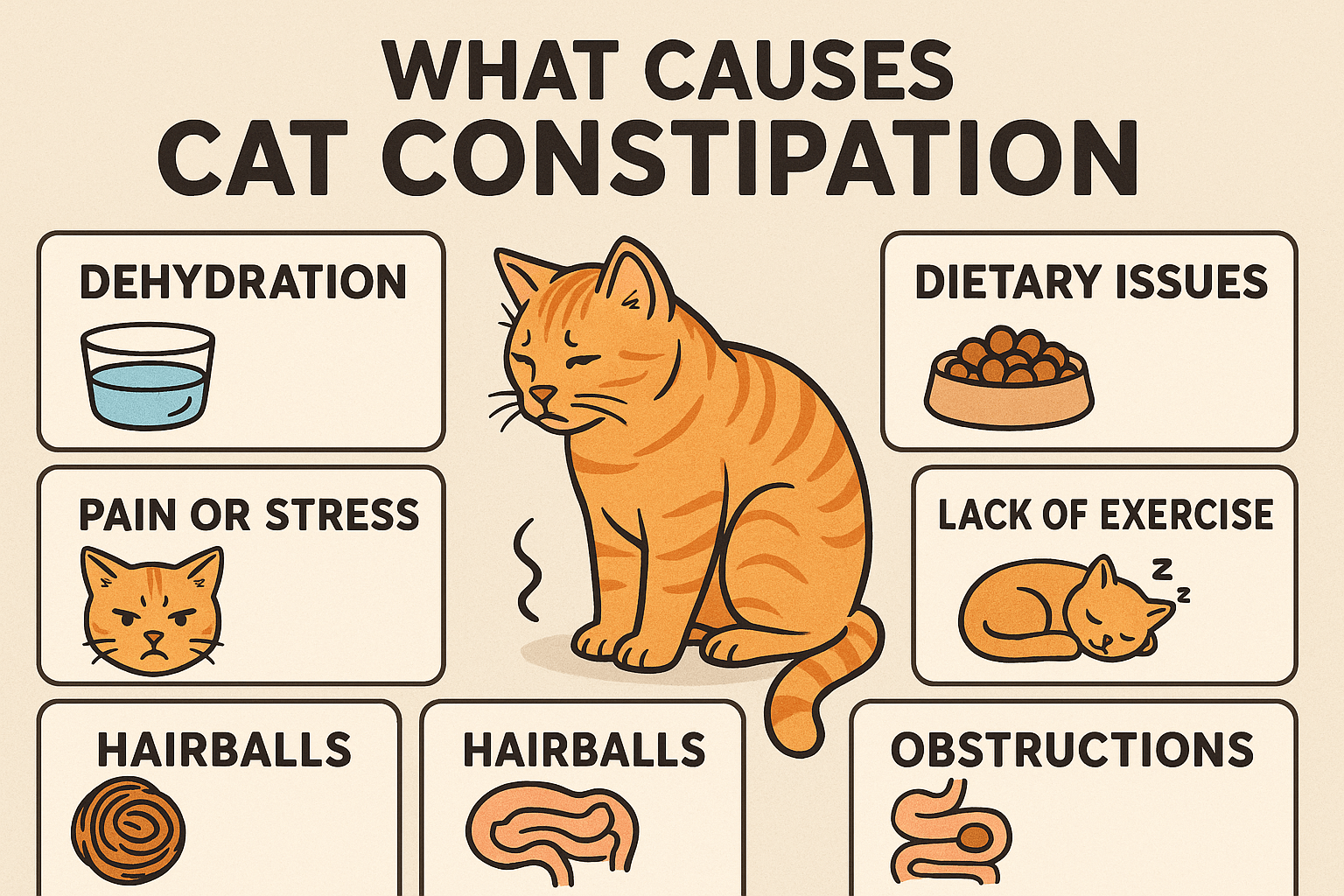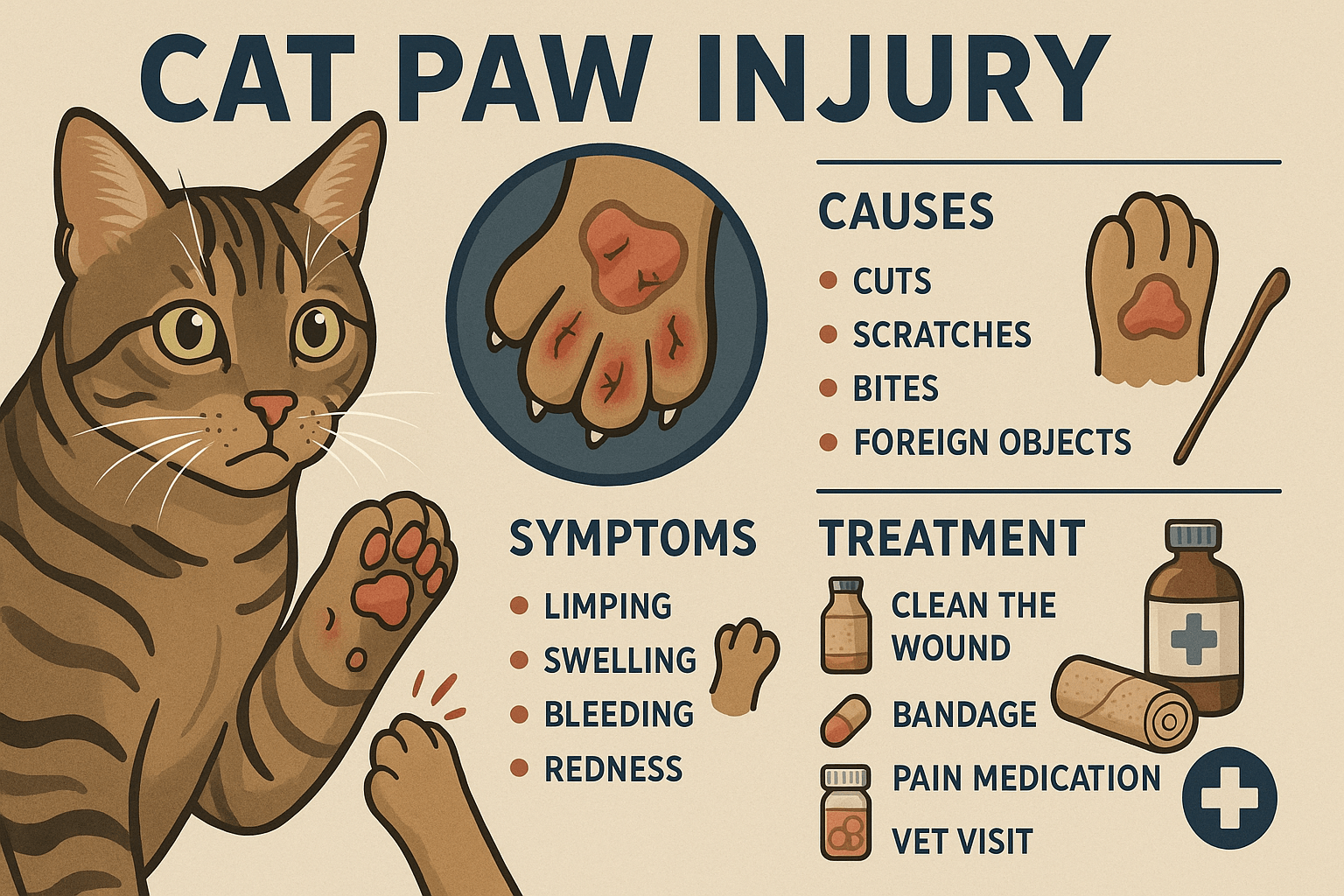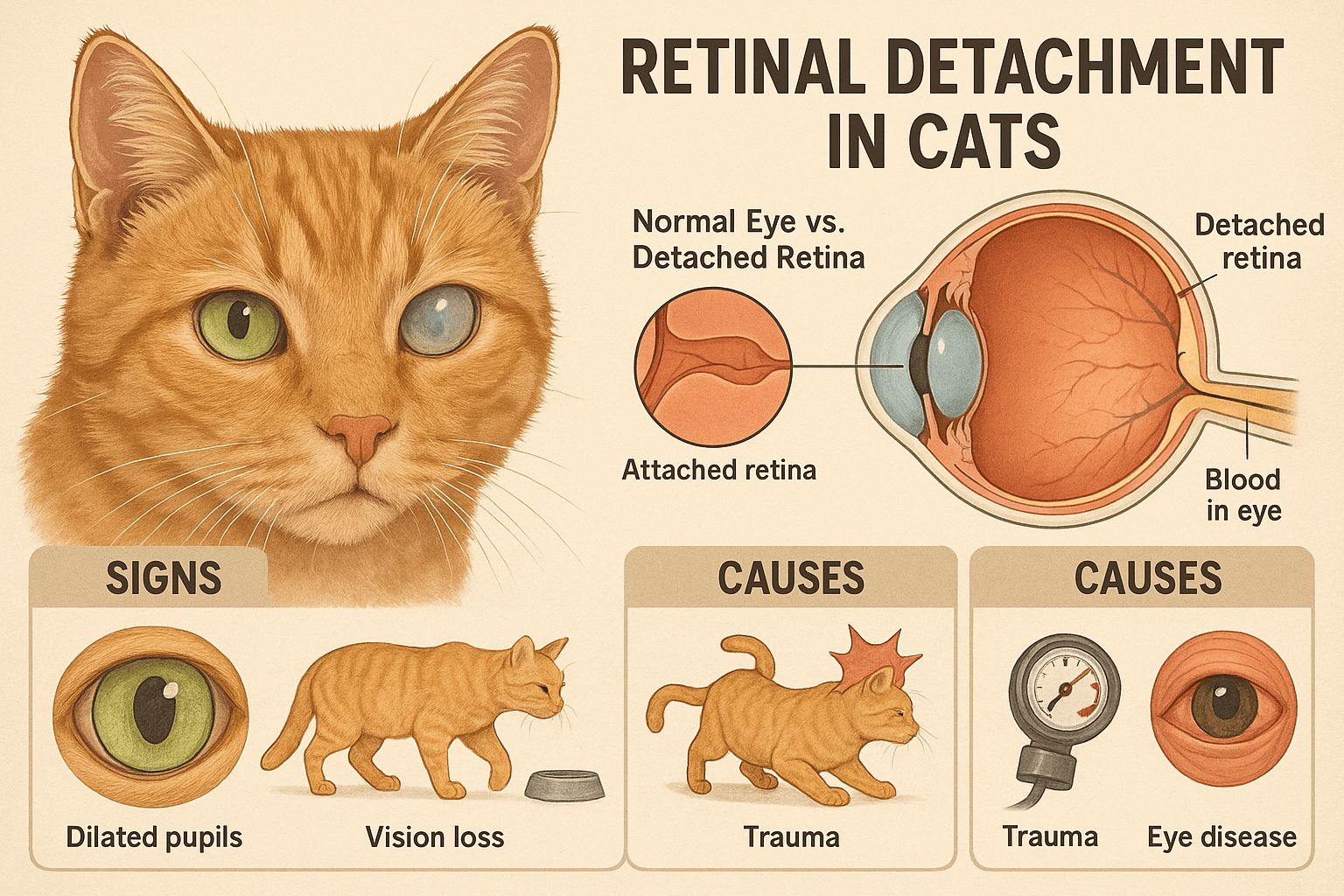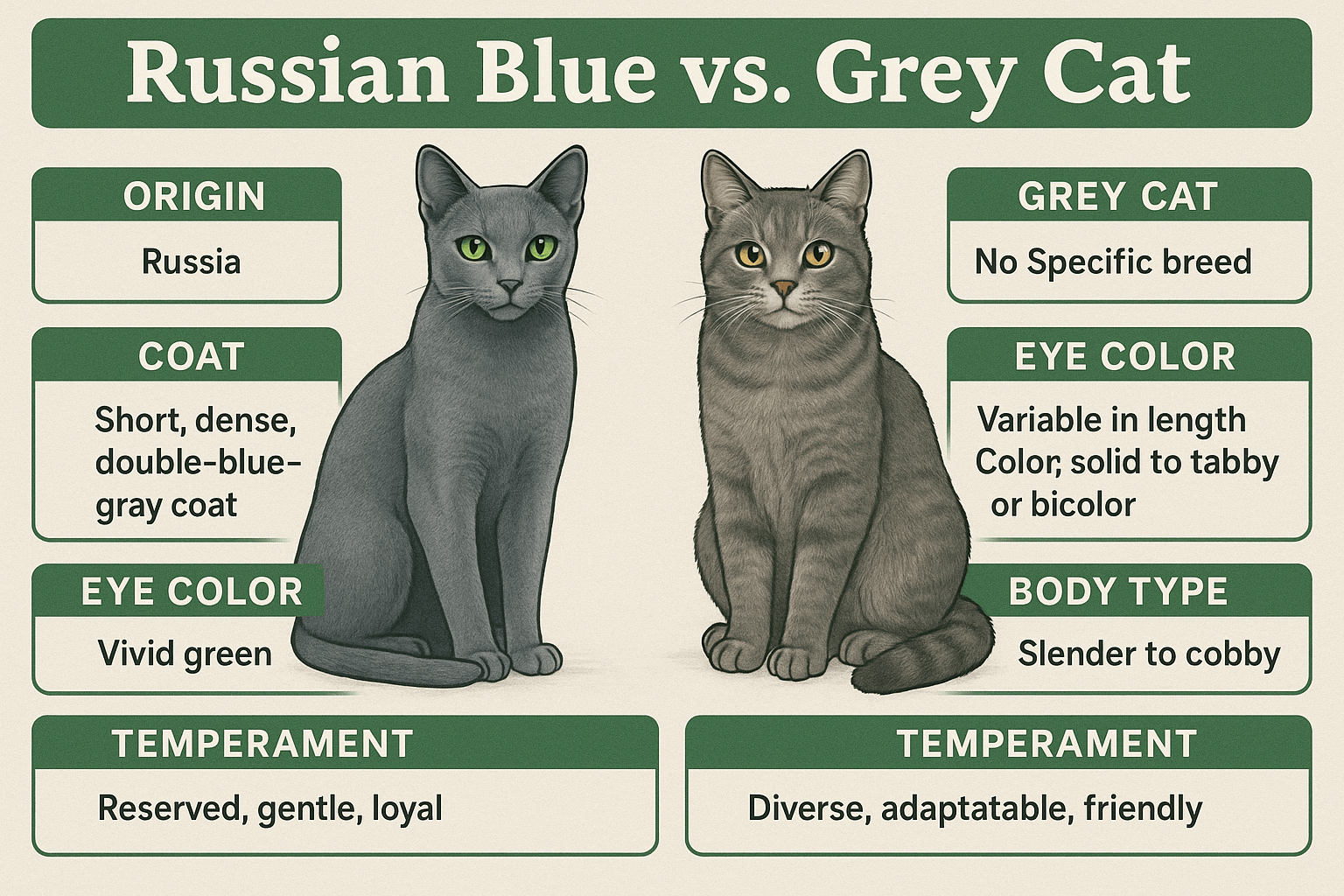How Much Chicken Can a Cat Eat?
Chicken is a popular protein source for cats, often found in commercial cat food and homemade meals. Many cat owners wonder how much chicken their feline companions can safely consume and whether it should be a regular part of their diet. While chicken is nutritious and generally well-tolerated by cats, there are important considerations to keep in mind. Overfeeding or improper preparation can lead to health issues, so understanding the right balance is crucial. In this blog post, we’ll explore everything you need to know about feeding chicken to your cat, from portion sizes to potential risks, ensuring your furry friend stays healthy and happy.
Nutritional Benefits of Chicken for Cats
Chicken is a high-quality protein that provides essential nutrients for your cat’s overall health. However, it’s important to understand its specific benefits before incorporating it into their diet.
Rich Source of Protein:
Cats are obligate carnivores, meaning they require animal-based proteins like chicken to thrive. Protein supports muscle development and energy levels.Low in Carbohydrates:
Unlike some other foods, plain chicken is naturally low in carbs, making it an excellent choice for cats who don’t need excessive sugars in their diet.Packed with Essential Amino Acids:
Chicken contains taurine, an amino acid critical for heart health, vision, and immune function, which cats cannot produce on their own.Hydration Support:
Feeding cooked chicken without added salt can help keep your cat hydrated, especially if they struggle to drink enough water.Easy to Digest:
Plain, unseasoned chicken is gentle on a cat’s digestive system, making it a good option for picky eaters or those recovering from illness.
While chicken offers numerous nutritional benefits, moderation and proper preparation are key to avoiding potential downsides.
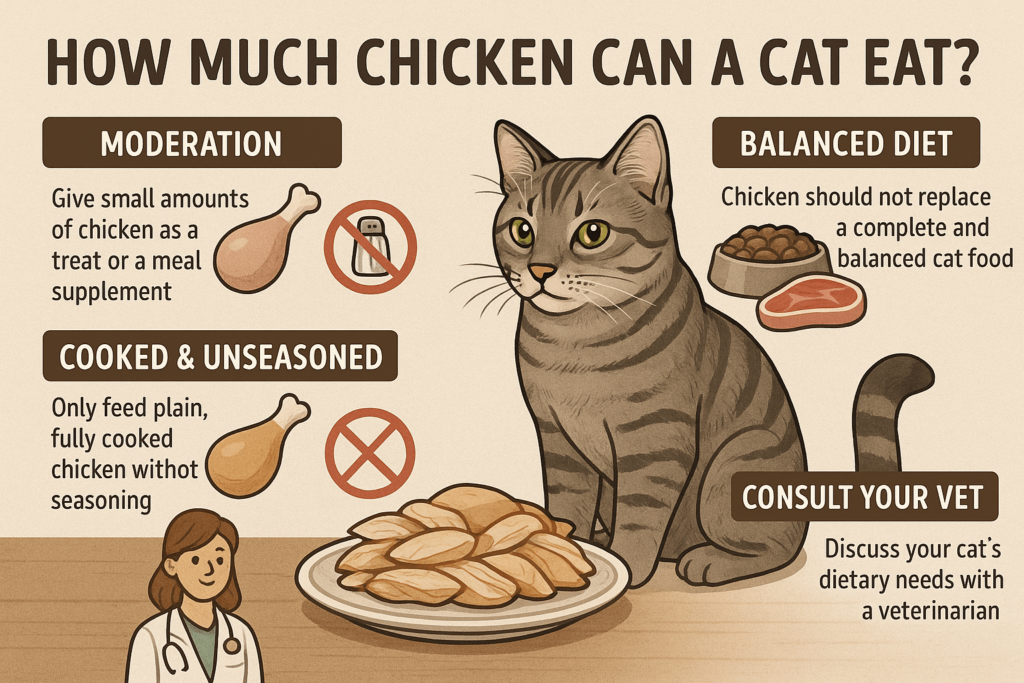
How Much Chicken Should You Feed Your Cat?
Determining the right amount of chicken to feed your cat depends on several factors, including their age, weight, and dietary needs. Here’s a guide to help you strike the right balance.
Portion Size Based on Weight:
A general rule is to feed no more than 10% of your cat’s daily caloric intake as chicken. For example, a 10-pound cat may have about 20-30 grams of chicken per day.Balance with Commercial Food:
If you’re supplementing your cat’s diet with chicken, ensure their primary nutrition comes from a balanced commercial cat food.Frequency Matters:
Limit chicken treats to 2-3 times a week to prevent overconsumption and maintain a varied diet.Avoid Overfeeding Fat:
While small amounts of fat are fine, too much can lead to obesity or pancreatitis. Trim excess fat from the chicken before serving.Consult Your Veterinarian:
Every cat is unique, so consult your vet to determine the ideal portion size based on your pet’s specific health needs.
By following these guidelines, you can safely incorporate chicken into your cat’s diet without compromising their nutritional balance.
Check this guide 👉Can Cats Eat Chicken Feet? Best 7 Expert Tips!
Check this guide 👉Can Cats Eat Chicken Skin? Best 7 Expert Tips!
Check this guide 👉Can Cats Eat Raw Chicken Liver? Best 7 Expert Tips!
Safe Chicken Preparation Tips | Foods to Avoid When Feeding Chicken |
|---|---|
Use plain, boneless, skinless chicken | Avoid seasoned or marinated chicken |
Cook thoroughly without added oils | Skip fried or breaded chicken |
Remove all bones before serving | Never feed raw chicken due to bacteria |
Serve in small, bite-sized pieces | Avoid adding salt or spices |
Ensure chicken is at room temperature | Steer clear of processed chicken products |
Potential Risks of Feeding Chicken to Cats
While chicken is a healthy addition to your cat’s diet, there are risks associated with improper feeding. Being aware of these dangers ensures your cat’s safety.
Raw Chicken Risks:
Raw chicken can harbor harmful bacteria like Salmonella or E. coli, posing health risks to both cats and humans.Choking Hazards from Bones:
Cooked chicken bones splinter easily and can cause choking or internal injuries if ingested.Nutritional Imbalance:
Feeding too much chicken without balancing it with other nutrients can lead to deficiencies or excesses in vitamins and minerals.Allergic Reactions:
Although rare, some cats may develop allergies to chicken, resulting in symptoms like itching or digestive upset.Weight Gain from Excess Fat:
High-fat cuts of chicken can contribute to obesity, especially if fed frequently or in large amounts.
Understanding these risks allows you to make informed decisions and prioritize your cat’s well-being.
Tips for Introducing Chicken to Your Cat’s Diet
If you’re considering adding chicken to your cat’s meals, follow these tips to ensure a smooth transition and minimize potential issues.
Start with Small Portions:
Begin with tiny amounts of chicken to observe how your cat reacts and to avoid overwhelming their digestive system.Monitor for Allergies or Sensitivities:
Watch for signs of adverse reactions, such as vomiting, diarrhea, or skin irritation, after introducing chicken.Mix with Familiar Foods:
Combine small pieces of chicken with your cat’s regular food to encourage acceptance and reduce pickiness.Avoid Sudden Changes:
Gradually increase the amount of chicken over time rather than making abrupt changes to their diet.Keep It Simple and Plain:
Stick to unseasoned, cooked chicken without additives to prevent digestive upset or toxicity.
By taking these steps, you can successfully integrate chicken into your cat’s diet while minimizing risks.
Signs Your Cat May Have Eaten Too Much Chicken
Overfeeding chicken can lead to various health issues in cats. Recognizing the warning signs helps you take corrective action promptly.
Weight Gain:
Excessive chicken consumption can result in rapid weight gain, increasing the risk of obesity-related conditions.Digestive Upset:
Diarrhea or vomiting may occur if your cat eats too much chicken or consumes improperly prepared portions.Lethargy or Loss of Appetite:
These symptoms could indicate an underlying issue caused by overeating or poor digestion.Pancreatitis Symptoms:
Signs like abdominal pain or reluctance to move may suggest inflammation of the pancreas due to high-fat intake.Behavioral Changes:
Irritability or restlessness can signal discomfort stemming from dietary imbalance or overeating.
Addressing these signs early prevents long-term health complications.
Alternatives to Chicken for Feline Nutrition
If you’re looking to diversify your cat’s protein sources beyond chicken, consider these alternatives that offer similar nutritional benefits.
Turkey:
Lean and rich in protein, turkey is another safe option for cats when served plain and cooked.Beef:
Ground beef provides iron and protein but should be lean and free of seasoning.Fish (in Moderation):
Fish like salmon or tuna can be given occasionally but shouldn’t replace primary protein sources due to mercury content.Duck:
Duck is a novel protein source that many cats enjoy, though it should be cooked thoroughly and trimmed of fat.Eggs:
Scrambled or boiled eggs are a great source of protein and taurine, provided they’re served plain.
Exploring these options ensures variety while meeting your cat’s dietary needs.
How to Safely Store and Prepare Chicken for Your Cat
Proper storage and preparation are vital to keeping chicken safe and appetizing for your cat. Follow these guidelines to maintain hygiene and quality.
Store Raw Chicken Separately:
Keep raw chicken away from other foods in the refrigerator to prevent cross-contamination.Use Fresh Ingredients:
Always choose fresh, high-quality chicken and avoid expired or freezer-burned portions.Cook Thoroughly:
Bake, boil, or steam chicken until fully cooked, ensuring it reaches a safe internal temperature.Cool Before Serving:
Allow chicken to cool to room temperature to avoid burning your cat’s mouth.Discard Leftovers Promptly:
Never leave uneaten chicken out for more than two hours to prevent spoilage.
Following these practices keeps your cat’s food safe and reduces the risk of foodborne illnesses.
Frequently Asked Questions About Feeding Chicken to Cats
Can cats eat chicken every day?
While occasional servings are fine, feeding chicken daily may lead to nutritional imbalances. Balance it with complete cat food.
Is raw chicken safe for cats?
No, raw chicken carries risks of bacterial contamination and should be avoided. Always cook chicken thoroughly.
Can kittens eat chicken?
Yes, but only in small, finely chopped portions and as part of a balanced diet tailored to their developmental needs.
What parts of the chicken are safe for cats?
Boneless, skinless breast or thigh meat is ideal. Avoid bones, skin, and fatty areas.
Can I use canned chicken for my cat?
Only if it’s plain and free of added salt, preservatives, or flavorings. Check labels carefully before serving.
Finding the Right Balance for Your Cat’s Diet
Chicken can be a healthy and enjoyable addition to your cat’s diet when fed in moderation and prepared correctly. By understanding its benefits, risks, and proper serving sizes, you can provide your feline companion with a nutritious treat that supports their overall health. Remember to prioritize balance, monitor your cat’s response, and consult your veterinarian for personalized advice. With careful planning, you can ensure your cat enjoys the taste and nutritional value of chicken without compromising their well-being.
What Causes Cat Constipation? Best 7 Expert Tips! Discover common causes, symptoms, and solutions for cat constipation to keep your feline healthy and comfortable.
Cat Paw Injury: Best 7 Expert Tips! Discover essential advice on identifying, treating, and preventing cat paw injuries to keep your feline friend healthy and happy.
Retinal Detachment in Cats: Best 7 Expert Tips! Learn to identify symptoms, understand causes, and explore treatment options to protect your cat’s vision effectively.
Russian Blue vs Grey Cat: Best 7 Expert Tips! Discover key differences, unique traits, and expert advice to help you choose between a Russian Blue and a generic grey cat for your perfect feline companion.

